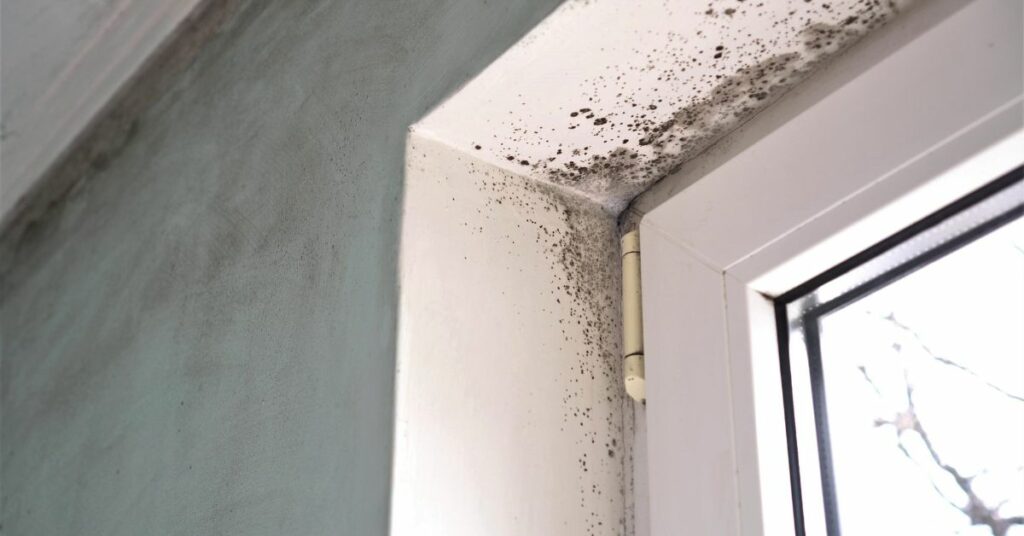Mold testing is essential for identifying and addressing mold issues within a property. Understanding when and how to conduct mold testing empowers homeowners and property managers to make informed decisions about remediation and maintain a safe living environment. This comprehensive guide explores the key considerations for mold testing, along with the methods available to test for mold presence.

When to Consider Mold Testing
- Visible Mold Growth: Visible signs of mold, such as black spots on walls or ceilings, indicate the presence of mold and may necessitate testing to assess the extent of the problem.
- History of Water Damage: Properties with a history of water damage, such as leaks or flooding, are susceptible to mold growth. Testing is advisable to evaluate potential mold contamination resulting from past water incidents.
- Unexplained Health Symptoms: Occupants experiencing respiratory issues or allergies, particularly when symptoms improve away from the property, may indicate mold-related health concerns. Mold testing helps determine if mold is a contributing factor to health issues.
- Real Estate Transactions: Mold testing may be required during real estate transactions, especially if there are concerns about mold in the property. Pre-listing inspections help identify and address mold issues before listing the property for sale.
How to Conduct Mold Testing
- Visual Inspection: Conduct a thorough visual inspection to identify visible signs of mold growth. Focus on areas with moisture or water damage, as these are common locations for mold growth.
- Air Sampling: Collect air samples from various areas to measure mold spore concentration in indoor air. Air sampling helps determine if elevated mold levels are present and identifies the types of mold present.
- Surface Sampling: Collect samples from suspected mold growth areas using swabs, tape lifts, or bulk sampling methods. Analyze these samples in a laboratory to identify mold types and concentrations.
- Moisture Testing: Measure moisture content in building materials like drywall, wood, or concrete. Elevated moisture levels indicate potential moisture intrusion, creating conditions conducive to mold growth.
Conclusion
Mold testing is a crucial step in maintaining a safe and healthy indoor environment. Understanding when to consider mold testing and how to conduct it empowers property owners to address mold issues effectively. Whether dealing with visible mold growth, water damage, or unexplained health symptoms, mold testing provides valuable insights for mold remediation strategies. Consult with a qualified mold testing professional to assess your property and determine the appropriate course of action if mold is suspected.
